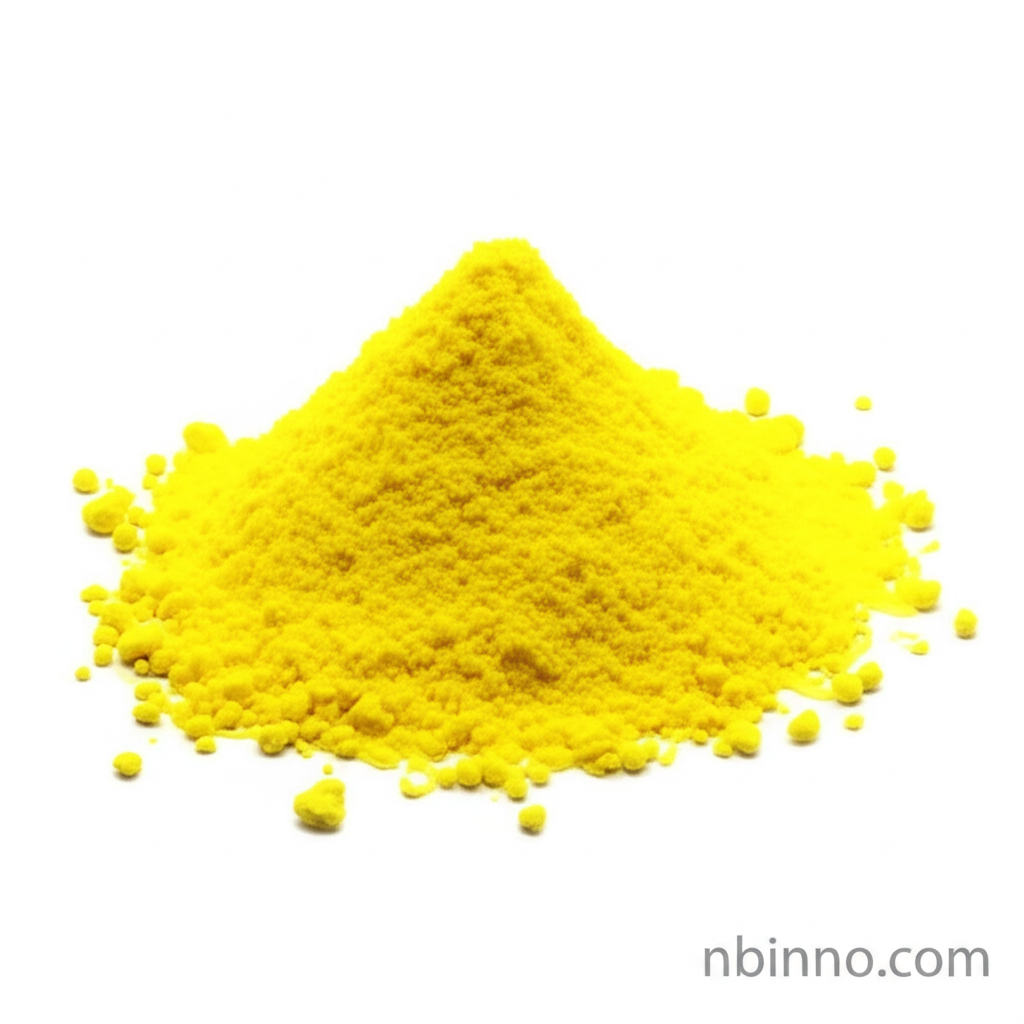2,6-Dichloro-4-nitroaniline (CAS 99-30-9): A Key Intermediate for Dyes and Pesticides
Discover the essential role of 2,6-Dichloro-4-nitroaniline, a vital chemical compound widely employed in the agricultural and dye industries for its potent fungicidal properties and as a crucial building block in chemical synthesis.
Get a Quote & SampleProduct Core Value

2,6-Dichloro-4-nitroaniline
As a reliable supplier in China, we provide 2,6-Dichloro-4-nitroaniline (CAS 99-30-9), a compound indispensable for both the agricultural and dye manufacturing sectors. Its versatility as a chemical intermediate allows for the creation of vibrant dyes and effective crop protection solutions, making it a valuable asset for various industries. Our commitment as a manufacturer in China ensures high-quality products for your needs.
- Unlock vibrant colors and robust crop protection: Explore the multifaceted applications of 2,6-dichloro-4-nitroaniline as a key dye intermediate and in pesticide manufacturing.
- Understand the critical role of CAS 99-30-9 in agricultural sector, particularly its use as a fungicide to protect crops and enhance yields.
- Leverage the power of chemical synthesis intermediate for your advanced material and pharmaceutical development projects.
- Explore the advantages of sourcing high-purity 2,6-dichloro-4-nitroaniline for your industrial processes and research endeavors.
Key Advantages
Broad Spectrum Fungicidal Activity
As an agricultural fungicide, 2,6-dichloro-4-nitroaniline effectively controls various rots and blights, contributing to superior crop protection and yield enhancement.
Essential Dye Synthesis Component
This compound serves as a critical intermediate in the production of diverse organic dyes, ensuring vibrant and durable colors for textiles and other applications.
Versatile Chemical Building Block
Its unique chemical structure makes 2,6-dichloro-4-nitroaniline an invaluable building block in chemical synthesis for pharmaceuticals and specialty chemicals.
Key Applications
Agricultural Fungicides
Utilized commercially as Dicloran or Botran, it provides effective pest management solutions in agriculture, safeguarding crops from fungal infections.
Dye Manufacturing
Acts as a crucial intermediate in the synthesis of various dyes, contributing to the color spectrum in textiles, plastics, and other materials.
Chemical Synthesis
Serves as a versatile reactant in organic chemistry for creating complex molecules, including pharmaceuticals and fine chemicals.
Research and Development
Employed in laboratory research, particularly in biochemistry and material science, to explore new chemical pathways and reactions.
